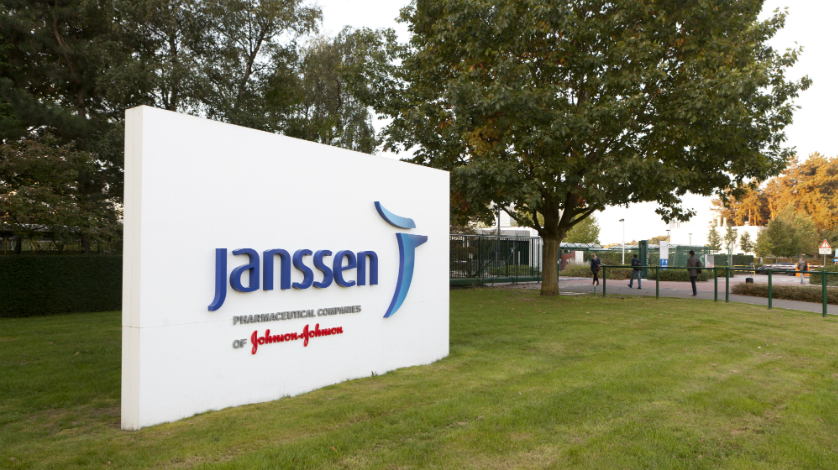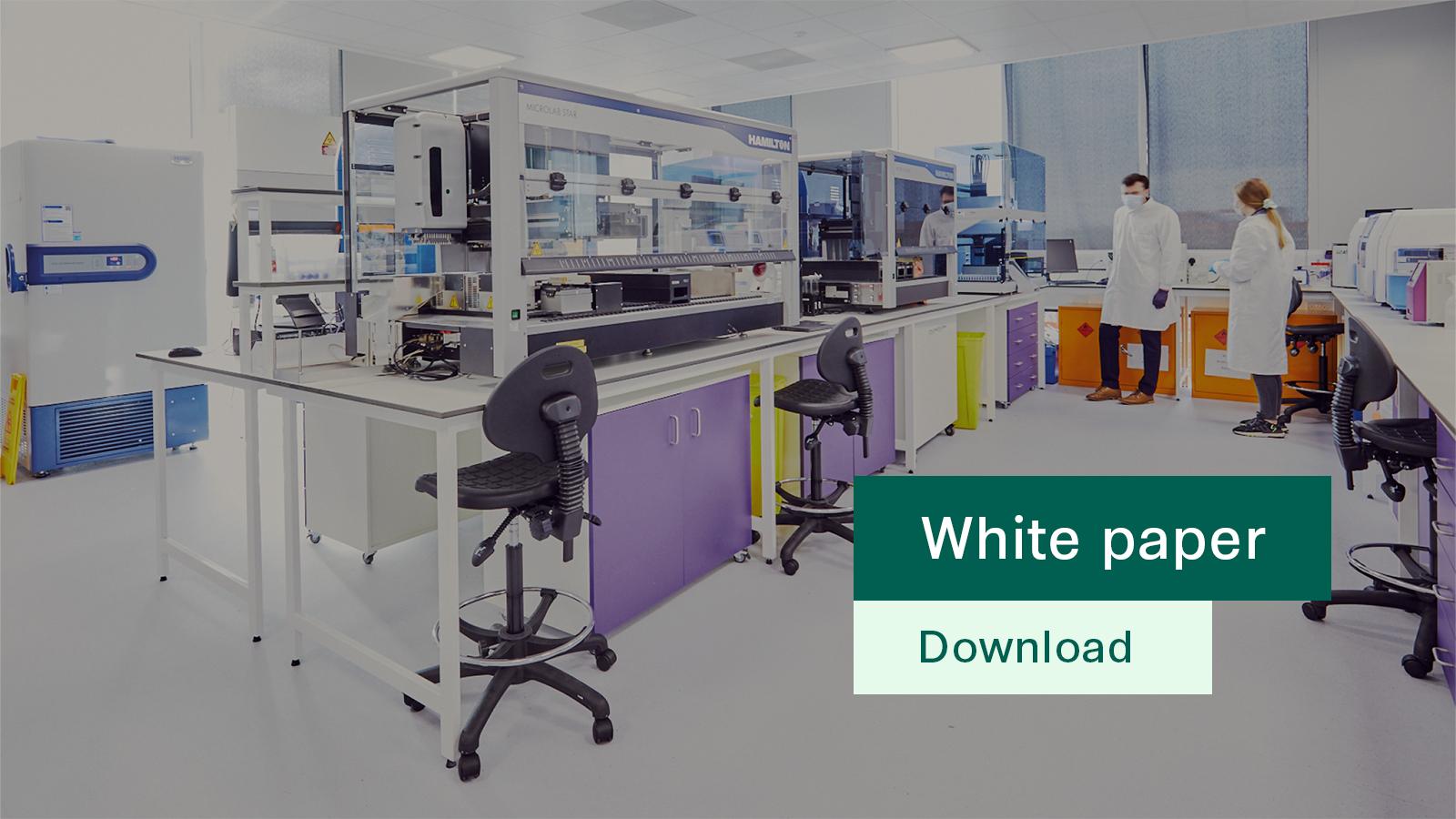Why are rates of HPV vaccination declining globally?

Despite the world possessing effective vaccines against HPV, rates of immunisation are actually falling in lower- and middle-income countries. Ben Hargreaves asks why this is happening, and outlines what action is being taken to reverse this decline.
The human papillomavirus (HPV) is the leading cause of cervical cancer. There are three vaccines approved by the FDA against HPV, which have proved effective at greatly reducing rates of cervical cancer. Despite this, only one in eight girls are immunised globally. Cervical cancer is the fourth most common cancer among women globally, leading to approximately 342,000 deaths in 2020. The impact is felt most in low- and middle-income countries, as 90% of all new cases and deaths occur there.
Higher-income countries have managed to rapidly reduce the rates of cases of cervical cancer through widespread vaccination. As of 2020, vaccination rates in the US were 75.1%, and this figure continues to increase each year. In countries, such as the UK, additional measures have seen the broadening of vaccine campaigns to include boys. HPV can be transmitted sexually, therefore the vaccination of boys helps to reduce the spread of the virus.
However, lower- and middle-income countries are still struggling to reduce rates of the cancer. Globally, there has been an overall decline in the coverage of the first of HPV vaccination, falling by 25% to 15% between 2019 and 2021. This can be partly attributed to the COVID-19 pandemic, but there are wider issues holding back greater access to HPV vaccines.
Barriers to access
The problems in providing wider access to HPV vaccination are varied, including issues over the supply of the vaccines themselves, as well as the challenges in establishing sufficient infrastructure to support eventual distribution. Beyond these barriers, there exist wider structural complexities that will take longer to address. This includes scepticism over vaccination, particularly in relation to women’s health.
An organisation that is actively trying to improve access to the available HPV vaccines, is Gavi, the vaccine alliance. A spokesperson for Gavi explained to pharmaphorum the overall difficulties in improving vaccine supply in lower- and middle-income countries: “Until now, severe supply shortages have prevented [their] widespread deployment in lower income countries. The lack of existing touchpoints within health systems, and gender barriers, including myths about how the vaccine affects women, social norm barriers, and knowledge and logistical barriers also play a role in girls not seeking or receiving the HPV vaccine.”
Taking action
However, despite the barriers, various organisations and groups are coming together to try to navigate these issues to provide greater access. At the end of last year, the WHO updated its recommendations for the HPV vaccine to state that a single-dose schedule can provide a comparable efficacy and durability of protection to a two-dose regimen. The benefit of this recommendation is that vaccine doses can be spread more broadly across populations, without compromising on protection.
At the beginning of this year, a further breakthrough was achieved as the Serum Institute of India (SII) launched its HPV vaccine, Cervavac. Production of the vaccine began at the end of 2022, and represents an important step for India in its efforts to reduce rates of cervical cancer. The country is home to a fifth of all cervical cancer cases globally, with 123,000 new cases and 67,000 deaths each year. At the time, Adar Poonawalla, CEO of SII, stated that the organisation will produce approximately 200 million doses of the vaccine in the first two years of production. This would allow the country to immunise its population and, once achieved, Poonawalla said that the organisation would then provide access to the vaccine globally.
In April 2023, Gavi and partners also announced their commitment to ‘revitalise’ efforts to improve access to HPV vaccines, noting that supply constraints, demand challenges, and the pandemic had all hampered progress in recent years. Specifically, the organisation’s spokesperson said, “Gavi is now seeking to make targeted additional investments to address additional traditional challenges. Over the next 12 months, Gavi will provide at least $40 million to support the effective delivery of the HPV vaccine. $15 million will be used to establish a learning agenda to better understand how to implement effective programmes that reach all girls and support the integration of HPV vaccination into routine immunisation and primary healthcare.”
The collaborative effort includes the WHO, Unicef, the Bill & Melinda Gates Foundation, and ‘other key partners’. Together, the partners stated that they plan to push forward with three angles, ‘introductions’, ‘catch up and strengthen’, and ‘integration’. The first of these involves providing new funding and assistance to introduce vaccination into routine immunisation schedules. The second plans to implement multi-age cohort vaccination to catch up and improve coverage. Lastly, they aim to promote sustainability through the integration of HPV vaccination into routine immunisation and primary healthcare.
Getting to the root
As mentioned by Gavi’s spokesperson, part of the project will involve reaching women and girls who are not reaching out to receive vaccines when they are available. This agenda will be aided by Gavi’s partnership with Girl Effect, an independent organisation that develops youth brands in Tanzania and Ethiopia, which will create communication to generate demand for vaccination among young people. This will involve reaching a young audience through TV, social media, radio, magazine content, and club networks. The aim is to develop messages “to bust myths, fight misinformation, and inspire conversation about the importance of vaccination programmes and health more broadly,” Gavi’s spokesperson said.
In terms of how Girl Effect will achieve this, the organisation outlined that it would target community-level, digital, and mass-media campaigns in select districts and then measure the impact. The group will also inform the communities about sexual and reproductive health, education, and nutrition, alongside providing immunisation information. In the process of putting together its approach, Girl Effect worked collaboratively with young people, parents, and community leaders to co-design solutions, alongside working with national governments.
It is this broad spectrum approach that will be necessary to have an impact on improving vaccination rates, and reducing deaths from cervical cancer. When asked about what more can be done to push for greater access to HPV vaccines, Gavi’s spokesperson concluded, “With increased supply, we have the opportunity to save millions of lives and help protect the future of adolescent girls across the world. To achieve this, and the ambitious targets approved by the Gavi board of reaching 86 million adolescent girls by 2025, we need strong political will, advocacy, and support for HPV vaccination.”










.jpg?itok=nlfzPxTK)
